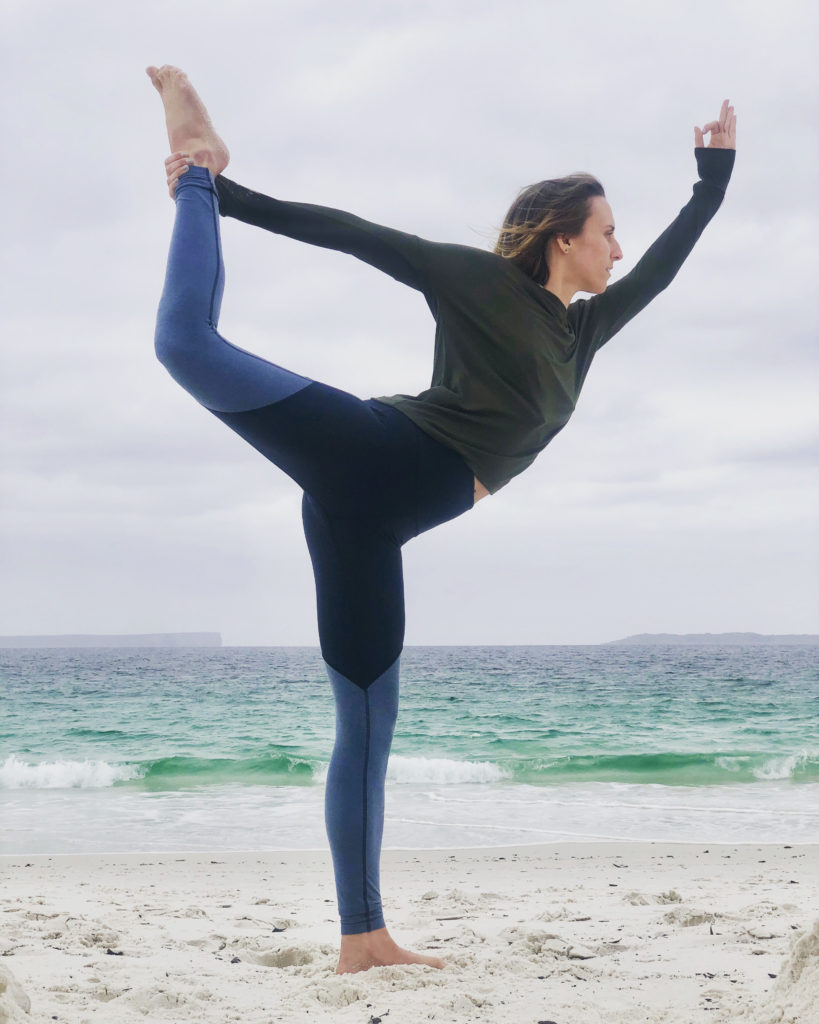Stretching for recovery
By Physiotherapist, Vanessa Boon
Why?
Stretching keeps your muscles healthy, flexible and at its optimal length. Flexibility is key in maintaining joint range of motion. Muscles that are tight and short do not perform at their optimal making them weaker which increases our risk of injury. Though there is poor evidence to show that stretching reduces overall injury, it does reduce the risk specific muscle injury.
How much a nd when?
nd when?
Ideally daily for at least 5-10 minutes, try to add it into your daily routine. You can try stretching before bed or doing it before and after exercise.
Important: Stretches should remain gentle combined with proper breathing technique, never stretch into pain! Hold a stretch until you feel your muscle relax or hold it for as long as you like.
What are the benefits?
- Injury prevention
-
- Regular stretching allows us to maintain joint mobility and muscle length. Stretching before exercise helps with warming your muscles up and gets it ready for the exercises. Stretching after exercise can reduce DOMS (delayed onset muscle soreness) which is the soreness/ache you feel for a few days after a workout.
- Better posture
- Poor sustained posture can cause quite a few issues in the long run. Muscles start to tighten where they should not and cause postural compensations. Stretching can lengthen those muscles that are tight and allow you to reset.
- Reduces stress
- Stretching increases blood flow to your muscles while stress reduces it. Reduced blood flow = muscle knots and increased tension. Increased blood flow = decreased tension in muscles and increased blood flow to brain = improvement in mood!

